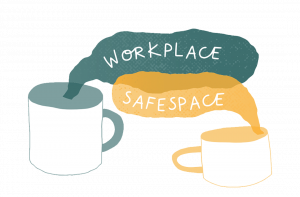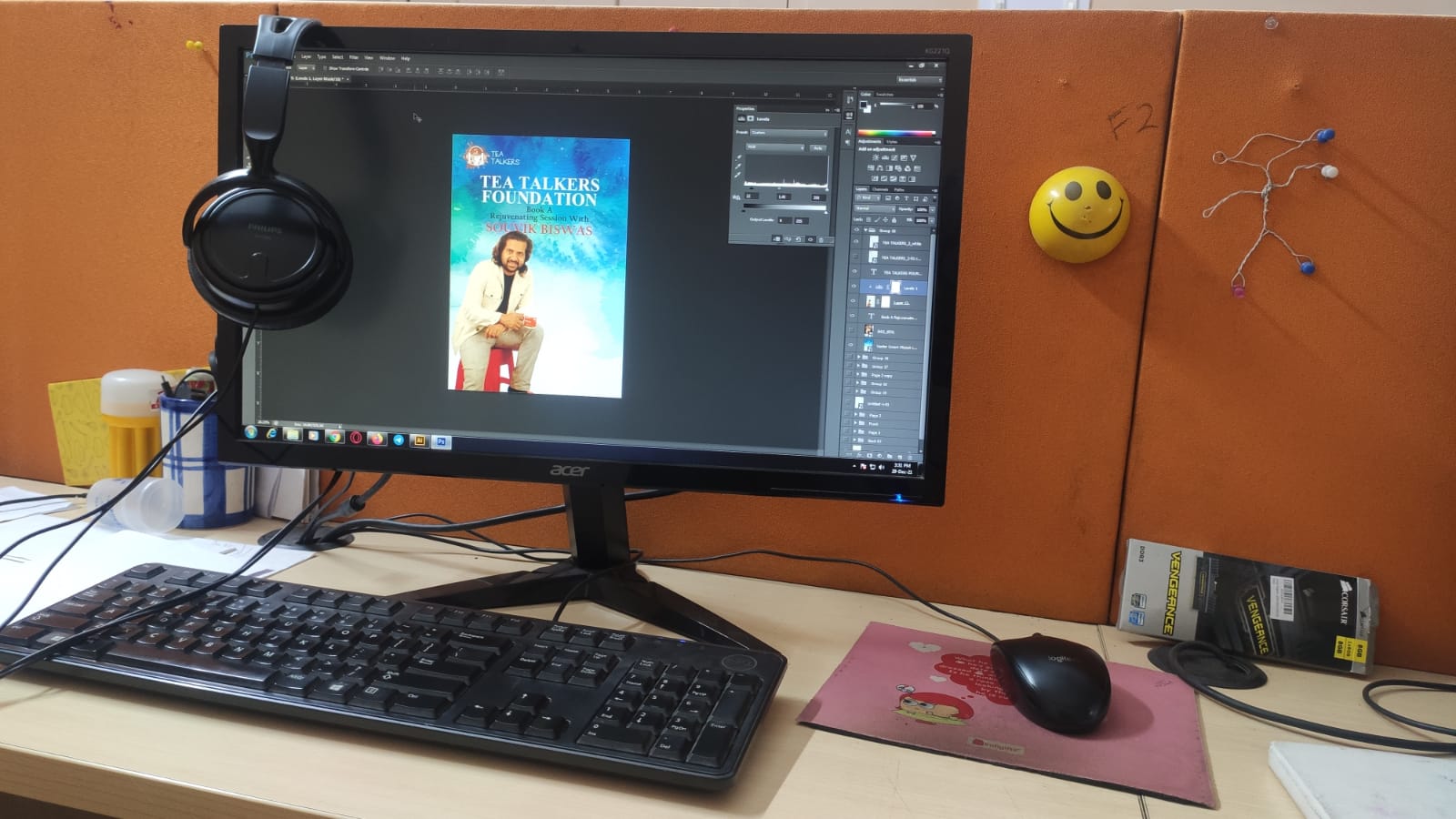|
As 2021 comes to an end, I can say with some confidence, a positive work culture is not just a mere ‘good thing to have’ but a must.
From a raging pandemic to other issues like mass job layoffs –some of which were extremely callous, (remember that CEO who fired 900 workers over a single Zoom call?) to sudden salary cuts, the past year have been rather turbulent for many employees. Many of us found ourselves in a lean professional period which was marked by a lack of job security and financial set-backs.
As many organizations went fully remote, some employees faced a fresh set of professional challenges as they had to work virtually or follow hybrid schedules which they weren’t habituated to. Work-life balance also went up for a toss.
It’s no secret that the happier employees are, the more productive they become. A 2015 study conducted by Harvard Business Review had already predicted that healthier work cultures are more profitable in the long run:
- A toxic workplace lead to more expenses. Work related stress can cause loss of more than $500 billion and 550 million workdays.
- A staggering 60-80% of workplace accidents are caused due to workplace stress.
- Disengaged workers were reported to have 37% more absenteeism, and committed more mistakes.
- Organizations which scored low on employee engagement, experienced 18% lower productivity and 16% less profitability.
- Less employee engagement=less loyalty. Employee turnover leads to more expenses, as costs are involved in recruiting suitable candidates and training them.
Unsurprisingly, many companies are making employee experience (EX) one of their main priorities. According to a 2021 survey led by Willis Towers Watson, 2022 might witness a ‘great EX awakening’ as about 92% of companies are making EX a priority as compared to 52% prior to the pandemic.
How to ensure a higher employee engagement and a better workplace in 2022? Read on to find out.
Work Culture Needs To Be More Nurturing

- Employee wellbeing consists of both physical safety and mental wellness. According to Mr. Nagendra Prasad, (HR Director, Apeejay Stya & Svran Group) leaders should focus on ensuring that the workplace is also a ‘safe space’ for the employees. They should prioritize on making the office culture more nurturing.
- Physical safety can be ensured by following safety protocols to the tee. Organizations must sponsor free vaccination drives. Transport facilities should be given to employees who live far away or work overtime.
- Employees who are undergoing a crisis (due to personal or professional reasons) should be provided counselling sessions free of cost.
- Nothing shatters employee self-esteem (and productivity) than the feeling that they can be laid off at any moment. Prasad advices employers to avoid mass layoffs as much as they can.
- Not everyone is tech-savvy. Such employees should be provided basic tech awareness so that they can work remotely if need be.
Empathy is the Key to a Happier Workplace

- Mr. Ranjan Banerjee (CHRO Epsilon Carbon Pvt Ltd) encourages leaders to lead from the front and develop a more ‘people first’ work culture that focuses on listening to the perspectives of the employees.
- A more direct and transparent communication culture can be ensured through a full or partial open-door policy, weekly one-on-one employee meetings, team meetings or quarterly all-company town halls. In short, employees should know you are here to help and guide whenever needed.
It’s Time to Rethink the Concept of Work-Life Balance

- In the past 2 years, the way we work has been altered as remote working, hybrid schedules emerged as the ‘new normal. Even though some companies have returned to the familiar 9-5 schedule, the practice of remote work is here to stay.
- Swetank Jain (Group Chief People Officer & Chief Communications Officer, Future Group India) suggests that employers instead of aiming for a more elusive ‘work-life balance’, should incorporate a more feasible ‘Work-life Integrative Design’ to secure employee happiness.
- Team leaders should work towards a personalized work culture for team members, keeping in mind their life stage/priorities.
- Periodic WFH or a flex schedule can be allowed on a case-by-case basis. Employee satisfaction and contentment will increase if they are provided with the option of flexible schedules and resources to complete projects virtually from time to time.
|
|




